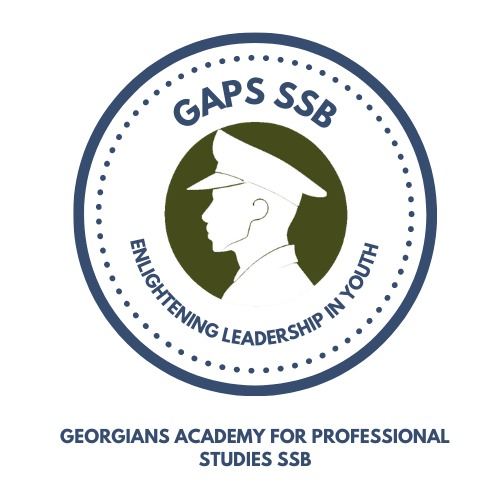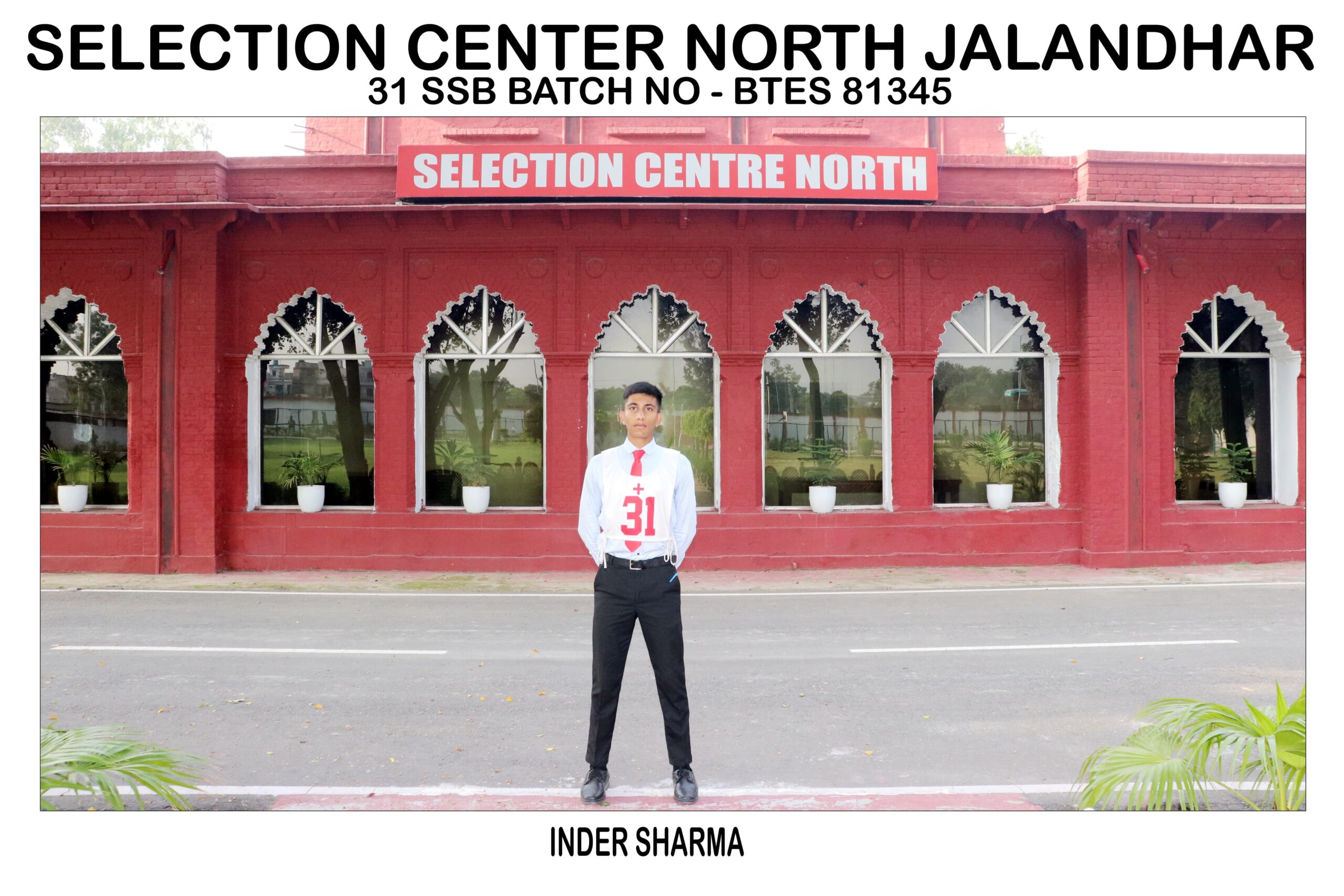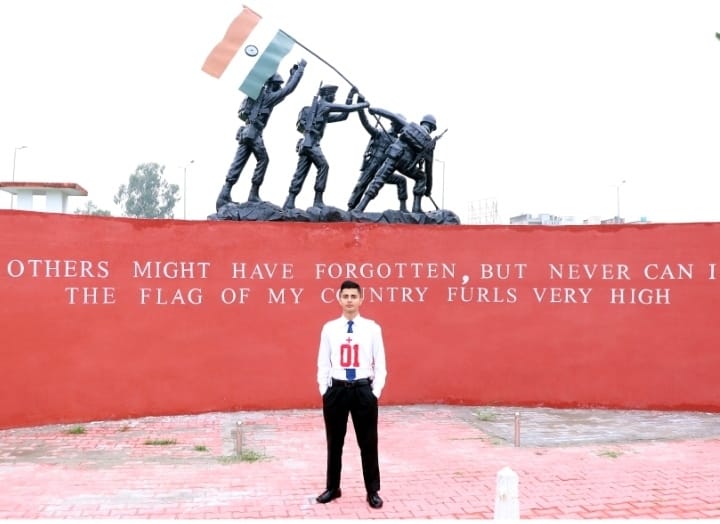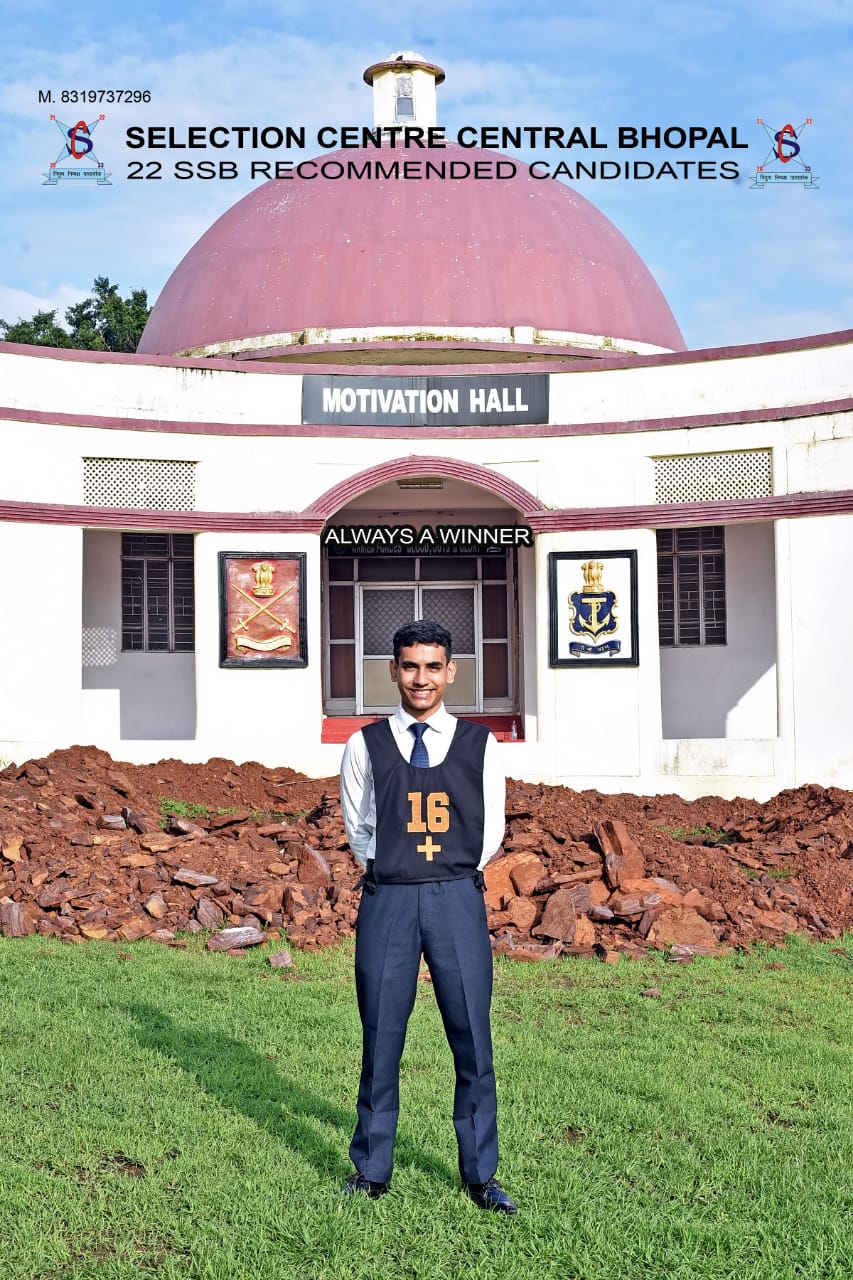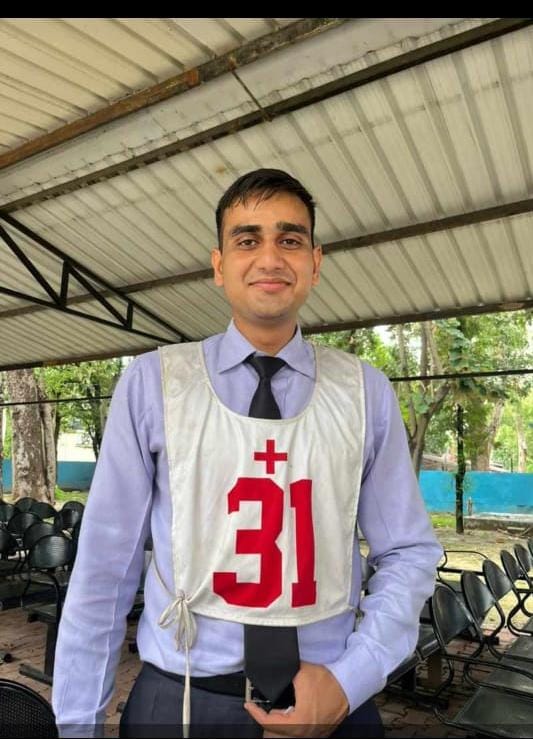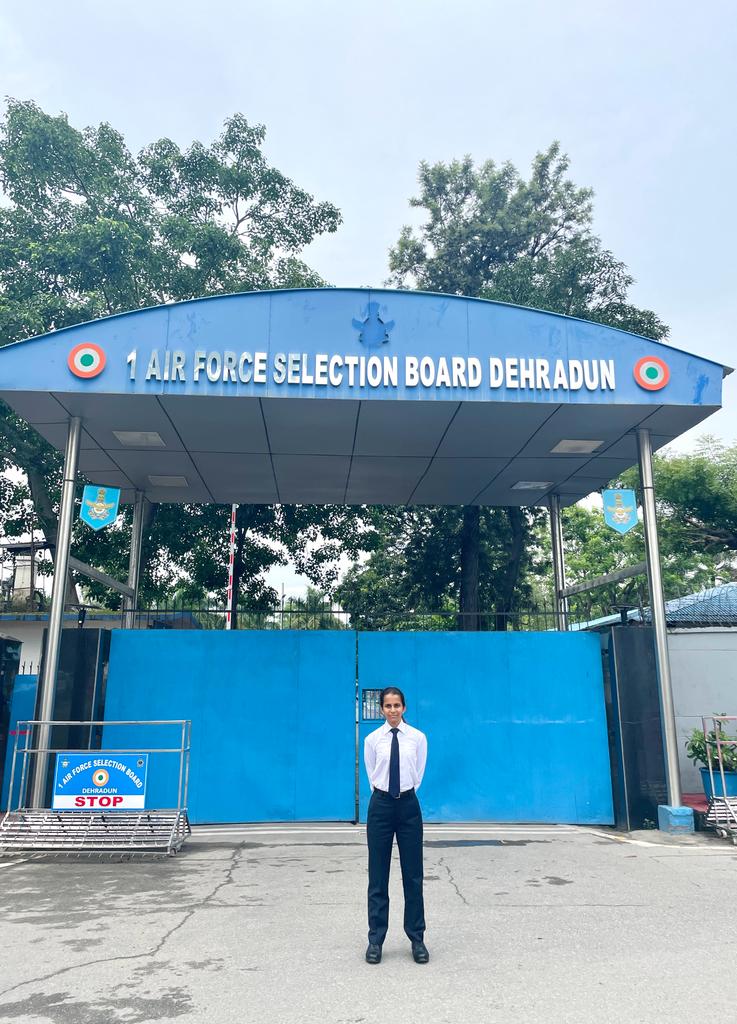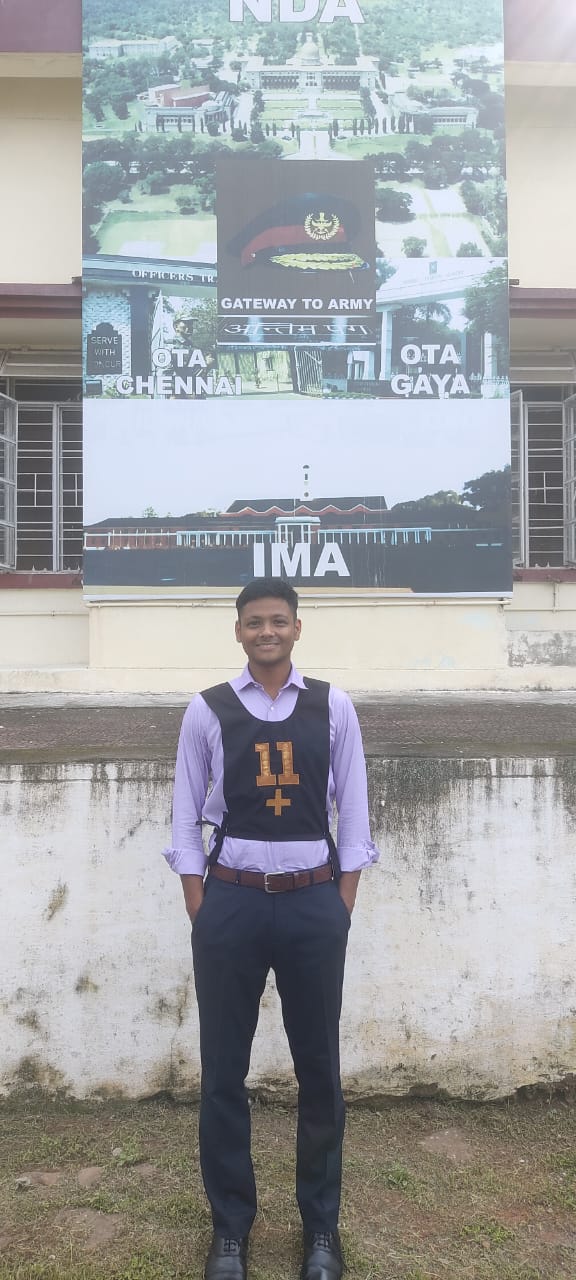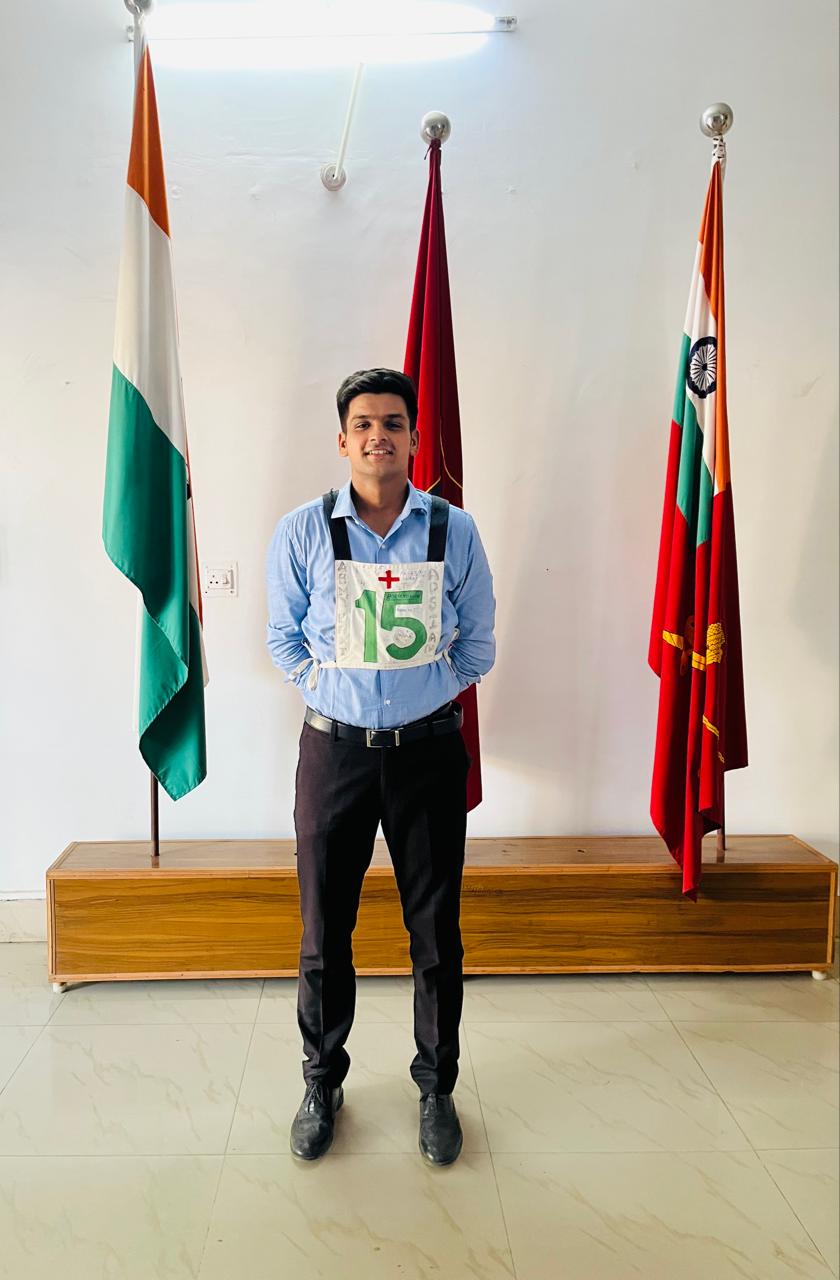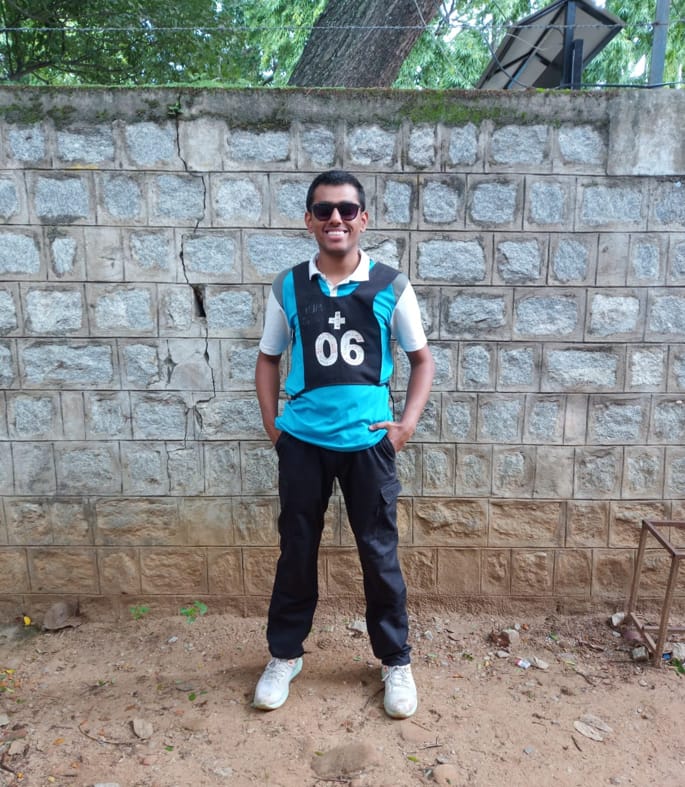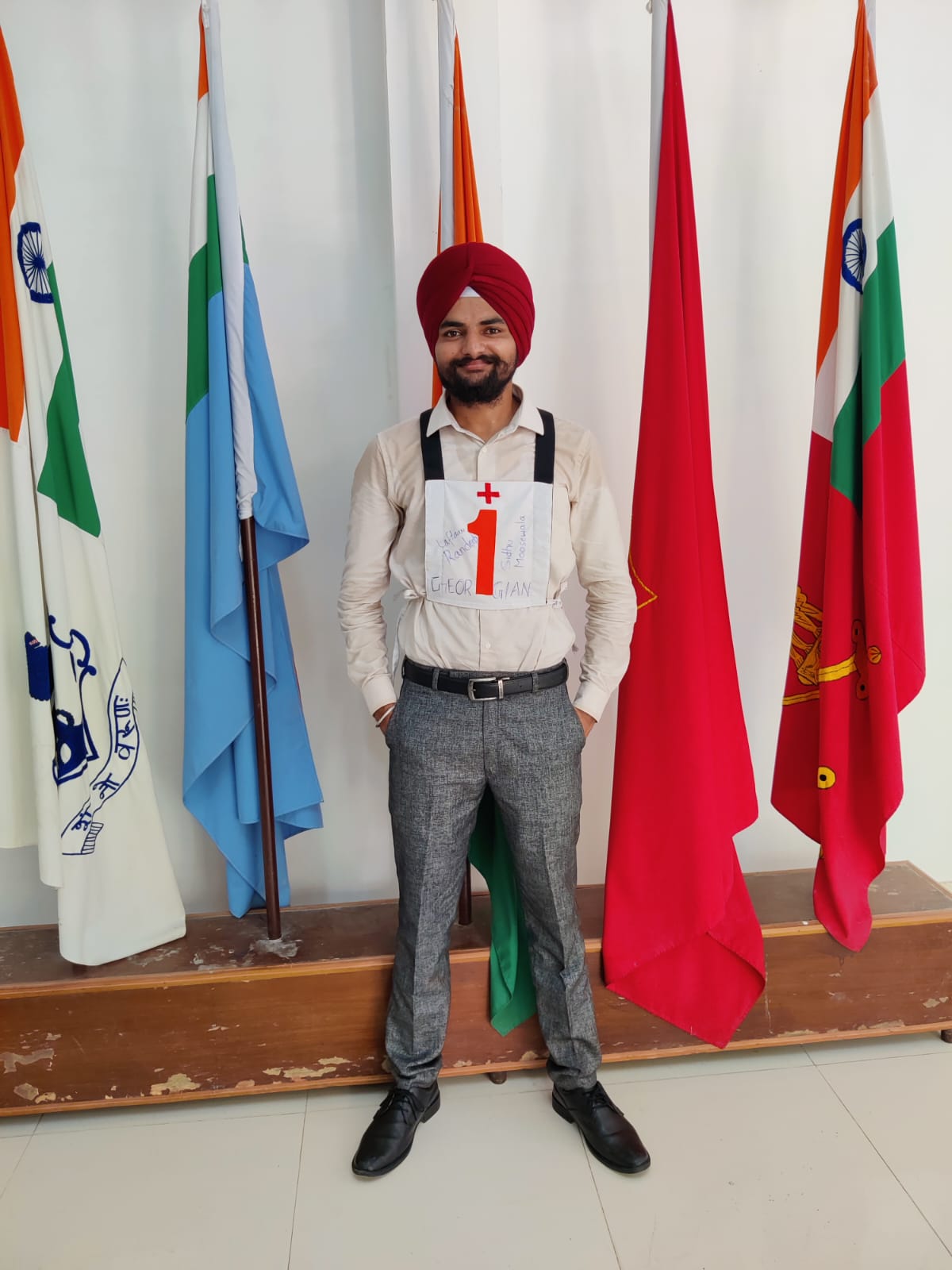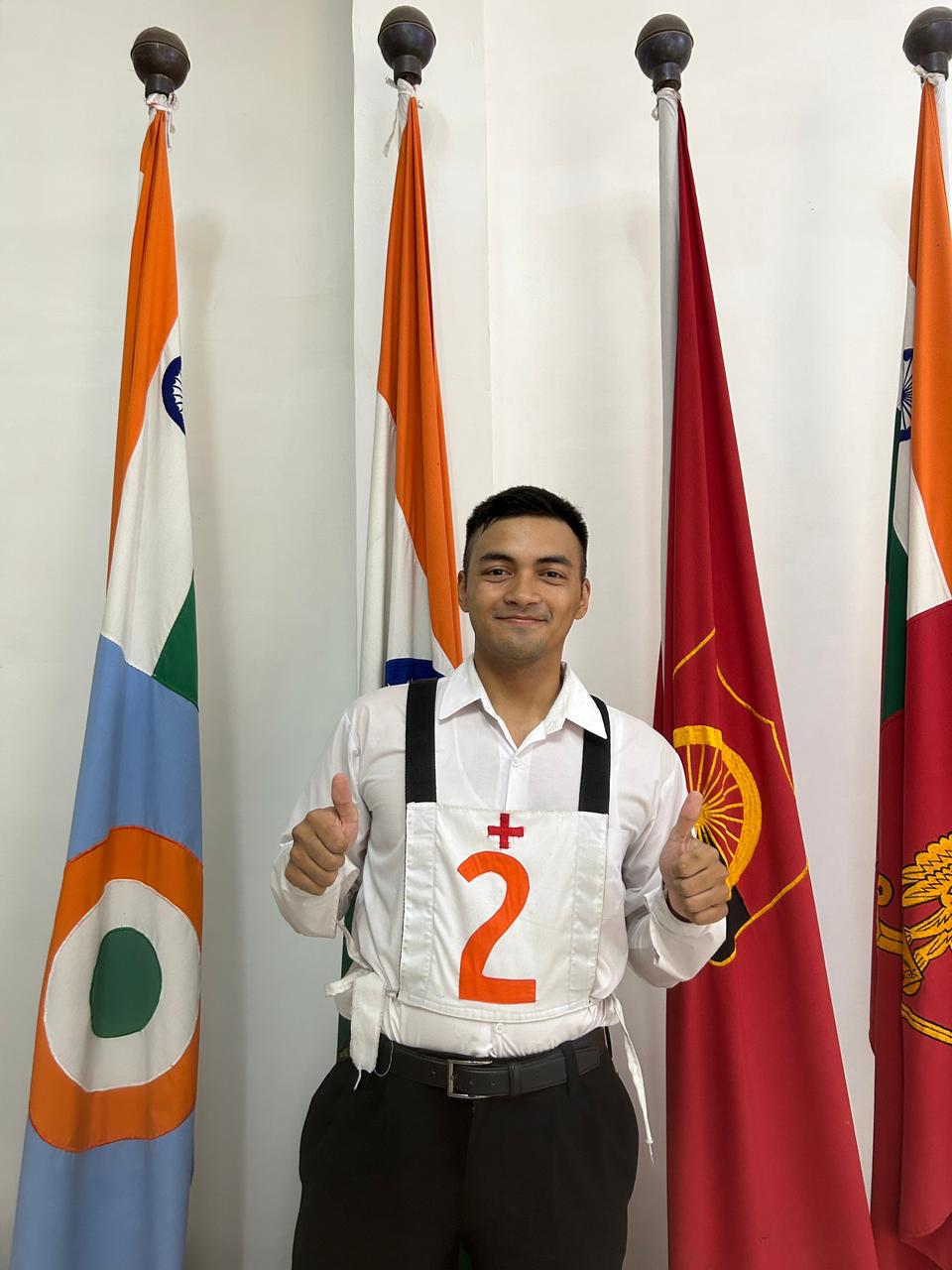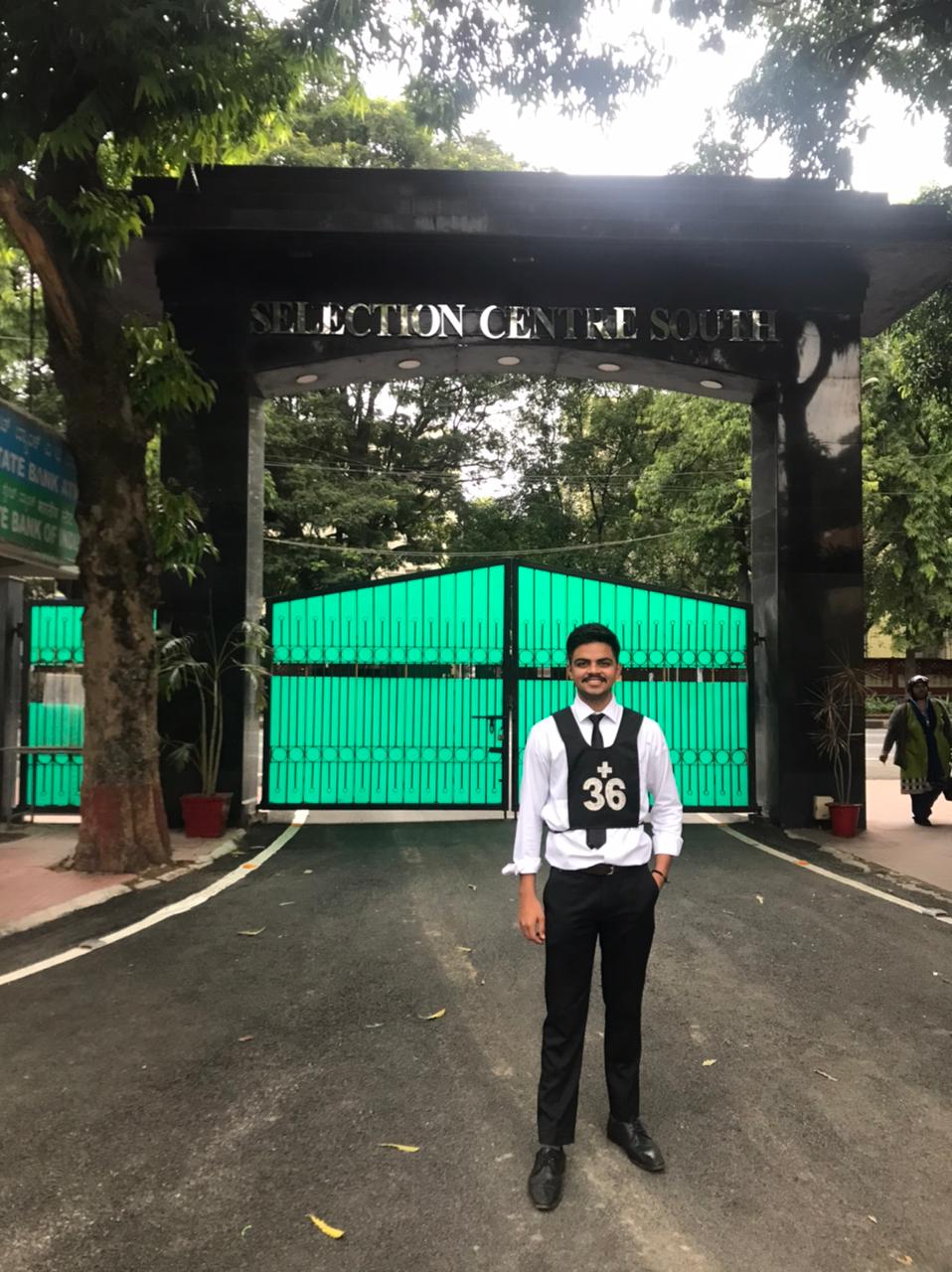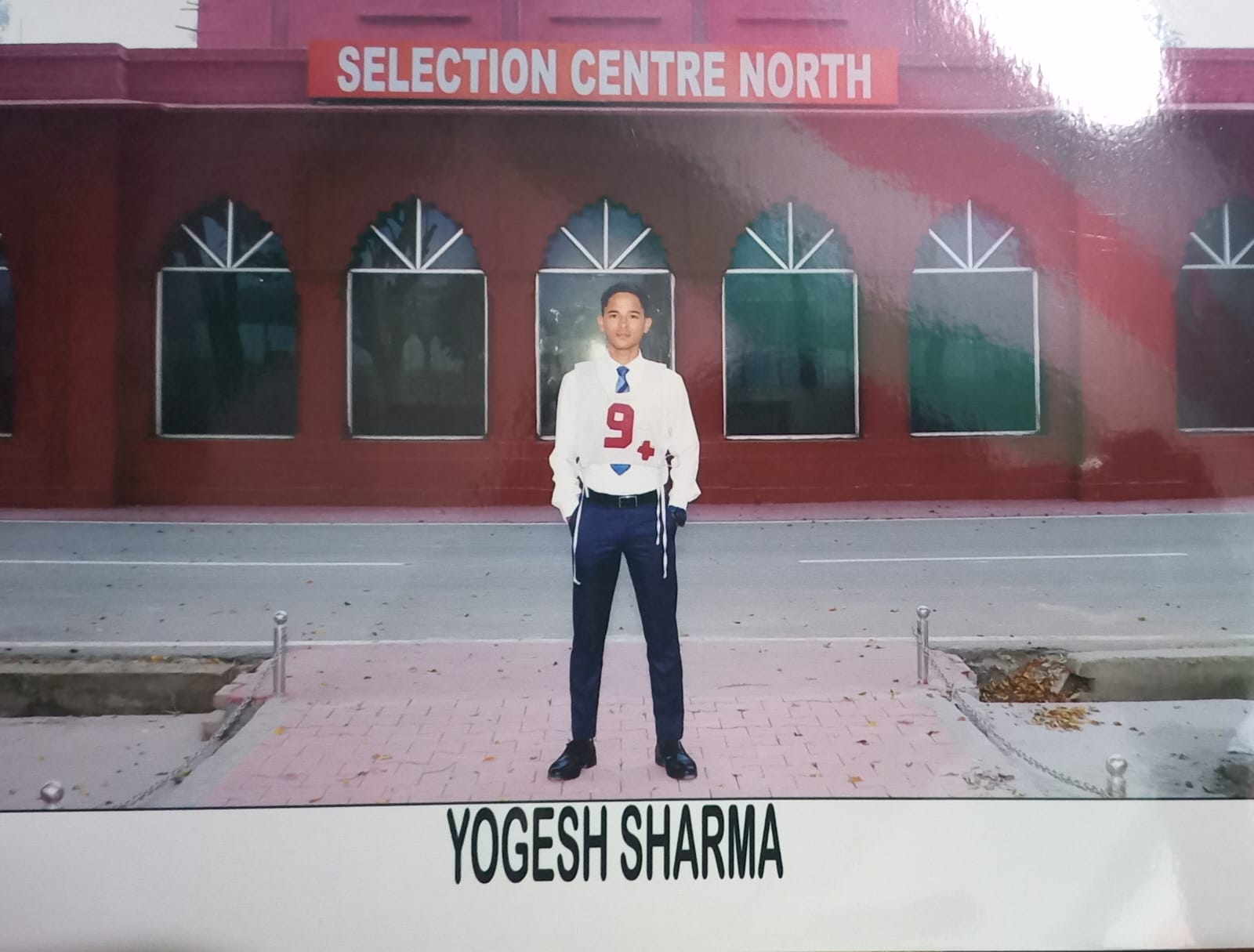Agniveer Exam Pattern
Indian Army Agniveer has 3 stages of selection as stated above. The written test for agniveer is conducted before the physical test. The Indian Army Agniveer Exam Pattern varies for different posts. Candidates can check out the post-wise exam pattern for the Indian Army Agniveer CEE exam and details on the physical and medical tests below.
Indian Army Agniveer Phase 1: CEE
The first phase of the Indian Army Agniveer selection process is the CEE (Common Entrance Exam). This is held for those who aspire to be a part of the Indian Army. The details of the written examination for the written exam can be checked below.
Indian Army Agniveer Exam Pattern – Soldier Clerk
The soldier clerk designation in the Indian Army involves managing office and administrative tasks. Candidates can check the Exam Pattern and marking scheme for Soldier Clerk below.
- The candidates would be required to answer 50 questions in one hr or 100 questions in two hrs as per the category of the application.
- 25% marks shall be deducted for every attempted wrong answer.
Indian Army Agniveer Syllabus – Soldier Clerk
Soldier clerk in Indian Army Agniveer is a position that involves administrative and clerical duties. The position of Soldier Clerk is an important one in the Indian Army, as it helps to ensure the smooth functioning of various administrative and operational tasks. The syllabus for the Soldier clerk post is as follows:
|
Subject |
Syllabus |
|
General Knowledge |
UNO
|
|
General Science |
Human Body
IO/Numeral Ability
|
|
Mathematics |
Algebra
Arithmetic
Mensuration
Area of four walls of a room, area of a circle, sector and segment of a circle; surface area and volume of a cube, cuboids cone, cylinder, sphere.
Trigonometric ratios of an angle A of a right angle triangle, Simple applications of trigonometric ratios for solving problems of different types, and Simple identities based upon the above.
Solution of simple problems of height and distance using trigonometric tables and logarithmic tables. Geometry
|
|
Computer Science |
Computer System
Concept of memory
Input/Output Devices
MS-Windows
Introduction to Windows
MS-Word
MS-Powerpoint
MS-Excel
|
|
General English (Grammar) |
|
Indian Army Agniveer Exam Pattern – Soldier GD
Soldier GD, or General Duty, is a designation in the Indian Army that involves performing a wide range of duties, including combat operations, security duties, and other general tasks. Check out the Army Agniveer Exam Pattern for Soldier GD below.
- The examination will be conducted for 100 marks.
- A total number of 50 questions are asked.
|
Ser No |
Subject |
Questions |
Marks |
Pass Marks |
Remarks |
|
(a) |
General Knowledge |
15 |
30 |
35 |
NCC ‘C’ Cert holders are exempted |
|
(b) |
General Science |
15 |
30 |
||
|
(c) |
Maths |
15 |
30 |
||
|
(d) |
Logical Reasoning |
05 |
10 |
Indian Army Agniveer Syllabus – Soldier GD and Tradesman
Soldier GD (General Duty) is a position that involves patrolling, guard duty, operating weapons system, etc. Tradesman involves technical skills. Tradesman is responsible for maintaining and repairing equipments, vehicles, and other machinery used in the army. The syllabus for tradesman and GD include the following subjects and sub-topics:
|
Subject |
Syllabus |
|
General Knowledge |
UNO
|
|
General Science |
Human Body
|
|
Mathematics |
Arithmetic
Algebra
Geometry
Mensuration
|
Indian Army Agniveer Exam Pattern – Soldier Technical
Soldier Technical involves handling technical equipment, machinery, and weapons. Candidates can check out the Army Agniveer Exam Pattern for the Soldier Technical post below.
- Passing Marks- 80
- Marking Scheme- 4 marks for each correct answer
- Negative Marking of 1 mark for each incorrect answer
Indian Army CCE Exam Pattern (Technical) |
||
|
Subjects |
No. of Questions |
Max. Marks |
|
General Knowledge |
10 |
40 |
|
Maths |
15 |
60 |
|
Physics |
15 |
60 |
|
Chemistry |
10 |
40 |
|
Total |
50 |
200 |
Indian Army Agniveer Syllabus – Soldier Technical and (Aviation & Ammunition Examiner)
Soldiers in the Agniveer Army Technical role are responsible for ensuring that all military equipment is in top working condition, and they may be involved in designing, testing, and evaluating new equipment as well. Check out the syllabus for Indian Army Agniveer Technical.
|
Subject |
Topics |
|
General Knowledge |
|
|
Maths |
|
|
Physics |
|
|
Chemistry |
|
Indian Army Agniveer Phase 2: Rally
This is the 2nd round of the Indian Army Agniveer exam pattern and is conducted to check if the candidate is physically fit for the Army. The following are the physical standards prescribed by authorities for the Rally phase of the Indian Army Selection Process.
|
Physical Fitness Test (At Rally Site) |
||||
|
1.6 Km Run |
Beam (Pull Ups) |
|||
|
Group |
Time |
Marks |
Pull Ups |
Marks |
|
Group – I |
Up till 5 Min 30 Secs |
60 |
10 |
40 |
|
Group– II |
5 Min 31 Sec to 5 Min 45 Secs |
48 |
9 |
33 |
|
8 |
27 |
|||
|
7 |
21 |
|||
|
6 |
16 |
|||
Indian Army Agniveer Phase 3: Medical Test
Candidates report to the designated Military Hospital within 5 days from referral and review the medical exam to be completed by Military Hospital within 14 days as per policy. The Indian Army may choose to conduct the following set of tests for the candidates.
- Blood Haemogram – Hb, TLC, DLC
- Urine RE/ME
- Biochemistry
- Blood Sugar Fasting & PP
- Serum Cholesterol
- Urea, Uric acid, Creatinine
- LFT- Serum Bilirubin, SGOT, SGPT
- X-Ray chest (PA view)
- ECG (R)
- Tests for Narcotic Drugs and Psychotropic Substance Abuse.
- Any other test necessary in the opinion of the Medical Officer
